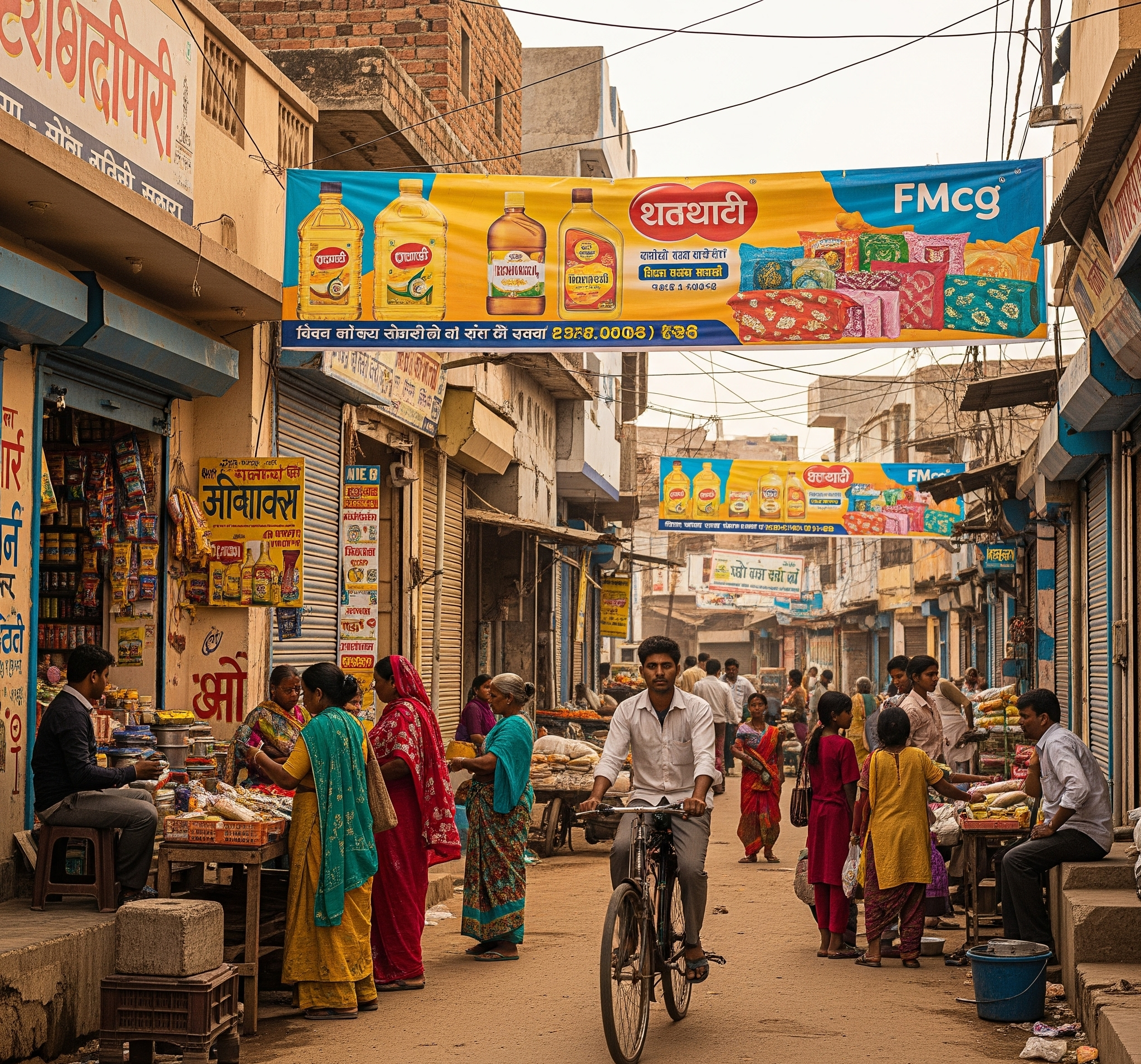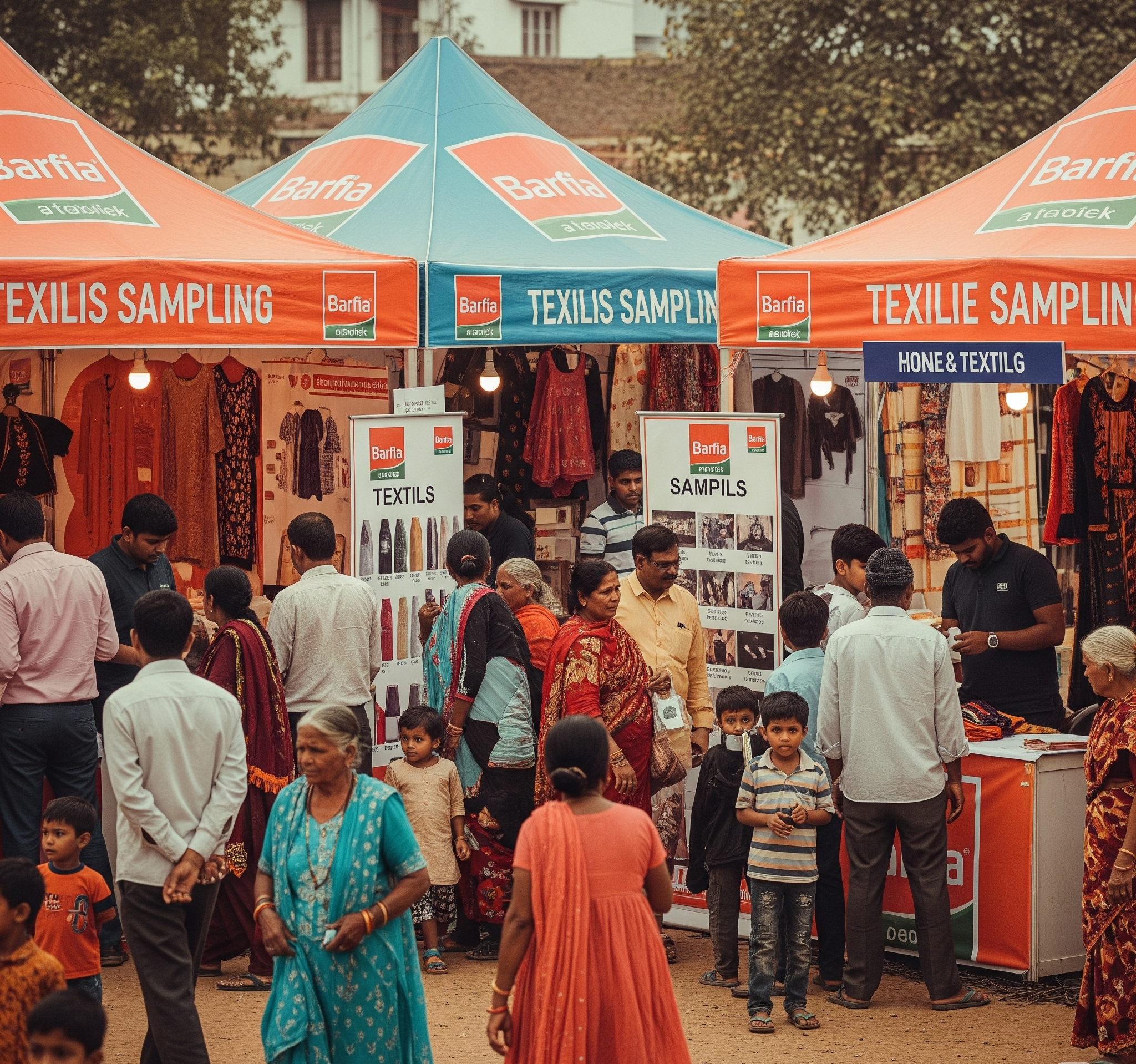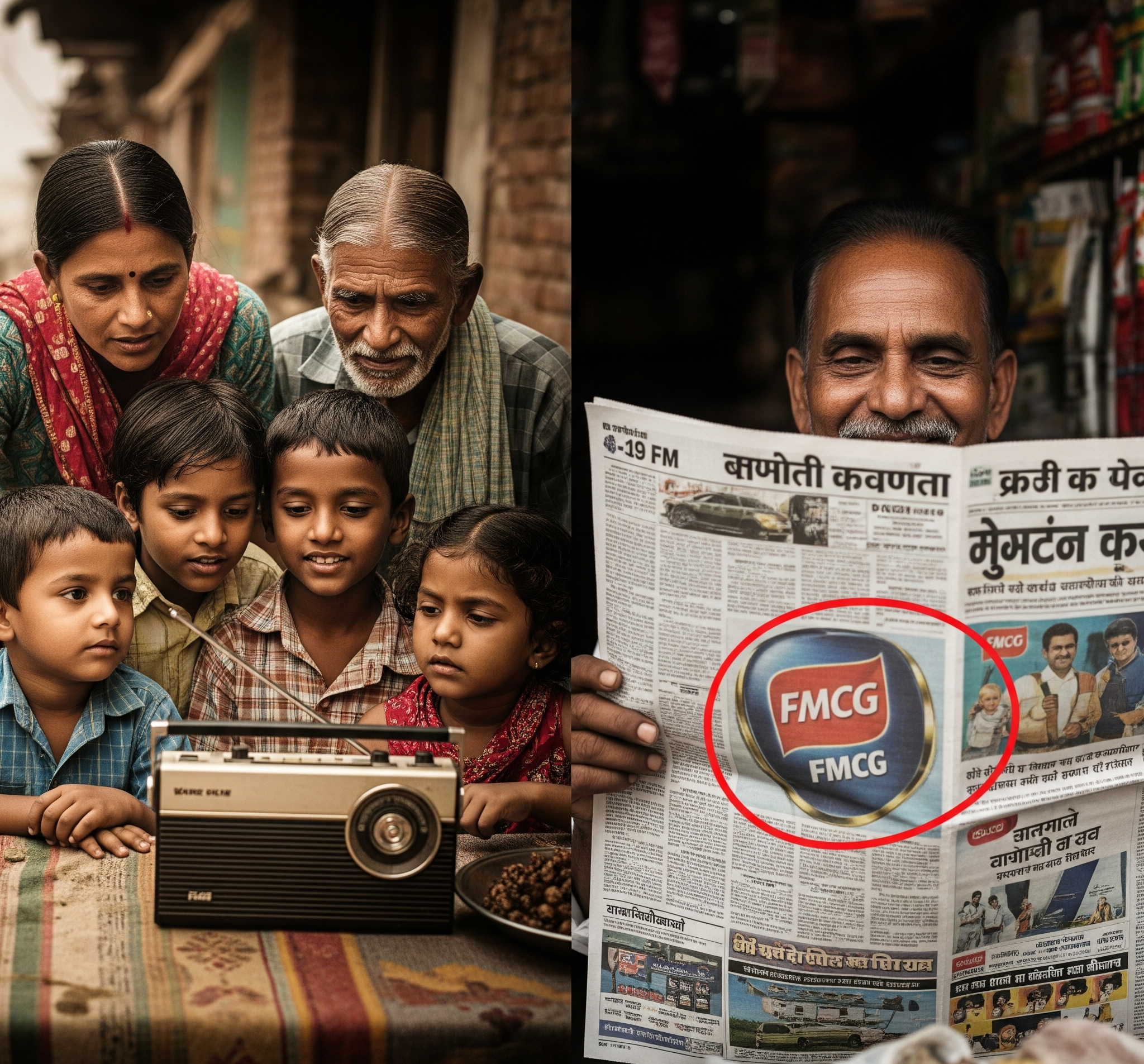In the age of digital supremacy, where targeted ads and influencer marketing dominate conversations, the question looms large: does offline marketing still hold sway in India? Particularly in small towns, where digital infrastructure and habits diverge drastically from metros, the relevance of traditional marketing is a nuanced debate. Offline marketing, often deemed antiquated by urban-centric narratives, continues to captivate audiences in these locales with a resonance unmatched by fleeting digital impressions. This article delves into real data and case studies from India’s small towns to uncover the tangible impact of offline marketing, its challenges, and its undeniable value.
Does Offline Marketing Still Work in India? Real Data From Small Towns
- 52 Views
- elfoxisdigital@gmail.com
- June 11, 2025
- Offline Marketing
Table of Contents
ToggleDoes Offline Marketing Still Work in India? Real Data From Small Towns
Introduction
Understanding the Indian Small Town Landscape
India’s small towns—those with populations ranging from tens of thousands to a few lakhs—represent a complex mosaic of consumer behavior. Unlike the urban dwellers habituated to nonstop digital stimuli, these communities often rely on interpersonal communication and traditional media. Limited access to high-speed internet and smartphones, coupled with linguistic and cultural diversity, shapes their consumption patterns. These towns grapple with infrastructural gaps such as patchy network coverage and inconsistent electricity, making the digital leap uneven and unpredictable.

Offline Marketing Channels: A Snapshot
Traditional marketing tools maintain a strong foothold here. Print newspapers and regional magazines cater to diverse vernacular readers, while local radio stations deliver hyper-targeted content that transcends literacy barriers through auditory engagement. Hoardings in marketplaces and busy junctions visually imprint brands on the collective memory. Community events and sponsorship of local festivals foster direct engagement, weaving brands into the social fabric. Notably, grassroots marketing campaigns that leverage word-of-mouth and personal endorsements thrive as potent offline instruments.

Digital Penetration vs Offline Presence
While smartphone penetration in small towns has accelerated, hovering around 50-60%, this doesn’t translate to consistent internet usage. Many users rely on limited data plans or sporadic connectivity. This digital divide implies that solely digital marketing strategies risk missing large swaths of these consumers. Offline channels thus remain vital, serving as the primary touchpoints for product discovery and brand familiarity. The coexistence of digital and offline consumption creates a unique marketing interplay demanding hybrid strategies.
Case Study 1: FMCG Brand’s Local Print and Radio Campaign
An FMCG giant recently orchestrated a campaign targeting small towns in Madhya Pradesh and Rajasthan, focusing on vernacular newspapers and local FM stations. The campaign highlighted a popular edible oil brand, using relatable narratives and catchy jingles. Sales data post-campaign revealed a 25% uplift in targeted districts, with brand recall surveys showing a 40% increase. The synergy of print and radio, tailored linguistically and culturally, drove tangible commercial results and deepened consumer trust.

Case Study 2: A Regional Textile Brand’s Use of Hoardings and Street Activations
A textile enterprise based in Surat leveraged hoardings in Gujarat’s small towns, coupled with street activations involving live demonstrations and fabric sampling. This ground-level approach fostered immersive brand experiences, drawing curious crowds and generating immediate sales inquiries. Follow-up analysis indicated a 30% increase in store footfall and a 20% surge in revenue during the campaign period. The tactile nature of textiles made offline experiential marketing particularly efficacious.
Consumer Trust and Offline Marketing
Small-town consumers often place greater trust in brands that establish physical presence and tangible visibility. Face-to-face interactions, such as sampling stalls or community sponsorships, imbue authenticity. The sensory engagement—touch, sight, sound—cements emotional connections that impersonal digital ads rarely replicate. Trust is further enhanced when messaging aligns with local ethos and dialects, reinforcing the idea that the brand ‘belongs’ to the community rather than being a distant entity.
Cost-Effectiveness and Scalability of Offline Campaigns
For many small businesses, the offline approach can be more economical than digital campaigns requiring ongoing ad spend and tech investment. Local print and radio spots are priced affordably, and grassroots marketing requires creativity more than capital. However, scalability remains a challenge; a campaign successful in one district may not replicate identically elsewhere due to demographic variations and logistical hurdles. Careful micro-market segmentation and customization are essential for maximizing impact.
The Synergy of Hybrid Marketing Strategies
The most successful brands integrate offline visibility with digital amplification. For instance, a hoarding campaign might be paired with WhatsApp broadcast messages or local influencer tie-ups to broaden reach. This omnichannel approach capitalizes on the strengths of each medium—offline’s tangibility and trust, digital’s immediacy and data precision. Brands like Patanjali and local regional players have embraced this strategy, achieving robust penetration across India’s diverse geographies.

Data-Driven Insights: What Real Numbers Tell Us
Recent studies by Nielsen and Kantar reveal that in many Indian small towns, over 60% of consumers discover new products through offline means—print ads, radio, and word-of-mouth. Moreover, offline advertising spend still constitutes nearly 50% of total marketing budgets for brands targeting semi-urban and rural markets. Correlational analysis indicates a strong positive relationship between offline marketing presence and sales growth in these regions, especially for FMCG and apparel sectors.
Challenges and Pitfalls in Offline Marketing in Small Towns
Offline marketing is not without challenges. Distribution logistics can be cumbersome, and measuring exact ROI often involves approximation due to lack of granular data. Cultural missteps—such as ignoring local dialects or festivals—can alienate potential customers. Moreover, outdated placements or unimaginative content risk becoming white noise, emphasizing the need for continuous innovation and local insight.
The Future Outlook: Will Offline Marketing Persist?
Despite the digital onslaught, offline marketing’s role in India’s small towns is poised to endure. Emerging technologies like QR codes and augmented reality offer new avenues to revitalize traditional media. Increasing smartphone adoption will enable seamless integration of offline-to-online experiences. The coming decade will likely witness a hybrid ecosystem where offline presence catalyzes digital engagement, creating a holistic consumer journey.
Conclusion
Offline marketing remains an indispensable pillar in India’s marketing architecture, especially within its myriad small towns. Real data underscores its continued efficacy in driving awareness, trust, and sales. For brands eyeing deep penetration into India’s heartland, the path forward demands strategic fusion—leveraging offline’s tangibility and digital’s precision. Understanding the unique cultural and infrastructural tapestry of these towns is paramount. In this confluence lies the key to unlocking authentic and lasting consumer connections.
Recent Posts
- Real Estate Marketing in 2026 The Survival Guide for the Modern Indian Realtor
- The 2025 Guide: How to Promote Real Estate Business on Social Media Without Being Boring
- Beyond the Hype: Why Do Brands Need Advertising in a Digital World?
- How to Create a Marketing Campaign: A Complete Step-by-Step Guide
- Different Types of Paid Media in Digital Marketing